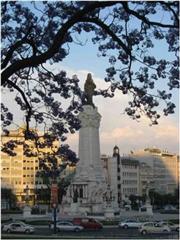See below a summary description of the city neighbourhoods, including interesting sights for reference. Detailed information can be searched on guidebooks or online, e.g. http://www.visitlisboa.com.
Historical centre districts
- Baixa: late 18th century planned town, Rossio square, Santa Justa lift to Chiado, Terreiro do Paço square and riverfront walk to Cais do Sodré.
- Chiado: cafes, theatres, shops, bookshops (including Bertrand, established in 1732), Carmo church ruins (archeological museum).
- Bairro Alto / Principe Real: bars, designer shops, viewpoint (São Pedro de Alcantara), cable car to Avenida, Museum of Natural History and Science, University Botanical Garden.
- Ribeira: Cais do Sodré ferries, market hall and food hall, cable car to Bairro Alto, clubs.
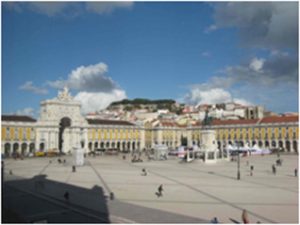
- Castelo: castle, viewpoint (Santa Luzia), Sé (cathedral).
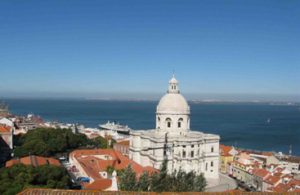
- Alfama: street maze, fado restaurants, Museum of Fado, viewpoint (Portas do Sol). São Vicente: major monastery, Feira da Ladra (flea market on Tuesdays and Saturdays).
- Graça: viewpoints (Graça and Monte), 19th century working class planned neighbourhood.
- Estrela/Lapa: Jardim da Estrela (romantic garden), Basilica da estrela (church and nativity), Museu Nacional de Arte Antiga (main art museum).
- Avenida: Avenida da Liberdade boulevard (luxury shopping), São Jorge cinema (film festivals), Cinematheque, Parque Eduardo VII (hosting the book fair in early June), Marquês de Pombal square.
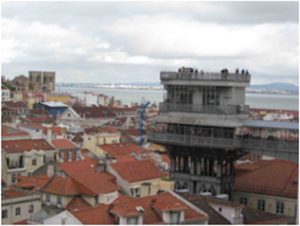
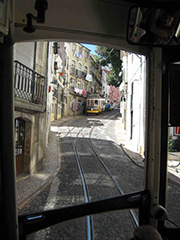
Western Riverfront
- Alcântara: LX factory (hipster shops and restaurants, Ler Devagar bookshop), Lisbon Astronomical Observatory (built in 1861)
- Riverfront: Doca de Santo Amaro (restaurants), rivefront walkway (3.5 Kms from the bridge to Belém tower), Cordoaria exhibition hall
- Belém: Belém Tower, Centro Cultural de Belém (a cultural and convention centre) and Monastery of Jerónimos (free admittance in the church, paid tickets to visit the monastery, maritime museum and archeological museum)

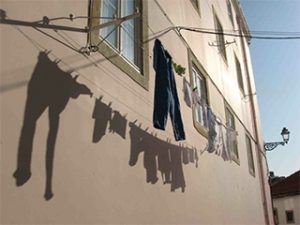
Eastern Riverfront
- Xabregas: East Lisbon riverfront is a working port and former industrial area. The main sight is the Museum of Azulejo (museum of tiles) in a former monastery.
- Parque das Nações: at the northeast end of Lisbon’s riverfront (underground stop Oriente) these are the former grounds of Expo 98 and include modern architecture buildings and the oceanarium.
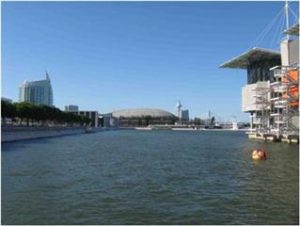
Avenidas Novas
This is the modern city centre (from mid 20th century onwards) and includes all central area north of Marquês de Pombal square. Most hotels are located here, shops, cinemas, the University, as well as a few major sights, including Museum Gulbenkian (Praça de Espanha), City museum (Campo Grande), bullfight arena (Campo Pequeno), Benfica and Sporting football stadiums.
